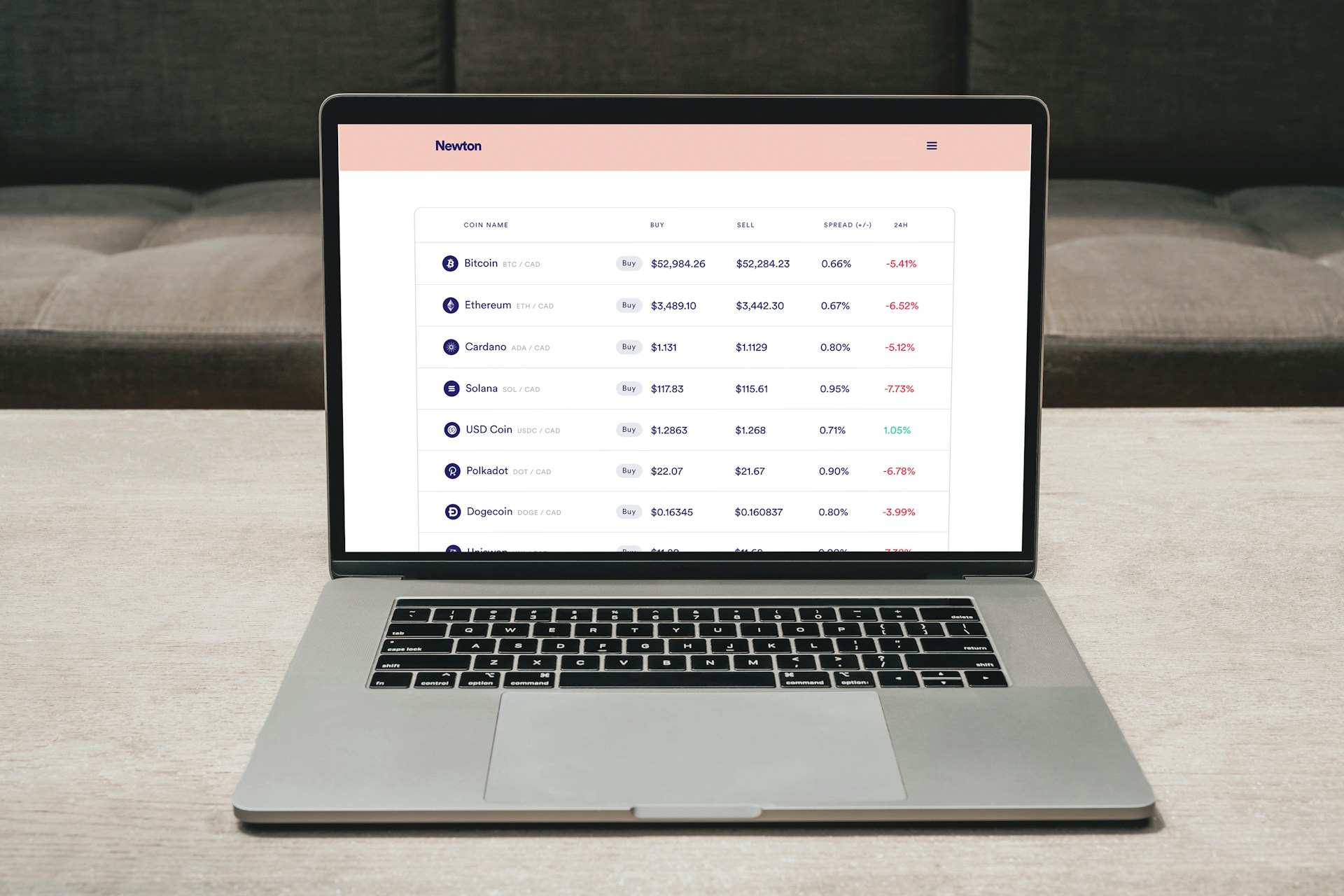Who Uses Binary Options Most Frequently? Exploring Usage Patterns and Trends

Who Uses Binary Options Most Frequently? Exploring Usage Patterns and Trends
Binary options are a financial instrument that allows investors to speculate on the price movement of various assets, such as stocks, commodities, currencies, and indices. They are called ‘binary’ because they offer two possible outcomes: either you make a fixed monetary gain or you lose your initial investment. Trading binary options involves predicting whether the price of the underlying asset will rise or fall within a specified time frame.
The basic principle of binary options trading is straightforward. A trader selects an asset and chooses an expiration time for their option, which could range from minutes to days. They then decide whether to place a ‘call’ option if they believe the price will increase, or a ‘put’ option if they anticipate a price decline. If their prediction is correct when the option expires, they earn a profit; if not, they incur a loss.
The basic principle of binary options trading is straightforward. A trader selects an asset and chooses an expiration time for their option, which could range from minutes to days. They then decide whether to place a ‘call’ option if they believe the price will increase, or a ‘put’ option if they anticipate a price decline. If their prediction is correct when the option expires, they earn a profit; if not, they incur a loss.

Who Uses Binary Options Most Frequently? Exploring Usage Patterns and Trends
Demographics of Binary Options Traders
Binary options attract various individuals due to their simplicity and potential for quick returns. The typical profile of binary option traders often includes younger adults who are comfortable with high-risk investments and have some disposable income. They tend to be tech-savvy and may work in fields that give them familiarity with financial markets – such as finance, technology, or entrepreneurship.Geographically, binary options trading is popular in regions where regulations are less stringent, such as some countries in Europe, Asia, and Africa. An analysis of statistical data reveals that predominant user groups stem largely from urban areas where access to internet services and mobile trading platforms is readily available.
Reasons for Popularity Among Certain Groups
Certain demographics lean towards binary options trading for various reasons. Younger investors might find the fast-paced nature matching their desire for quick financial outcomes without the need for extensive capital investment or deep market knowledge. The low entry threshold – often with minimum deposits – makes it accessible to those not willing or able to engage in more traditional forms of investing.Marketing plays a significant role in targeting these groups as well, with many brokers promoting binary options as an easy way to earn money online. The allure of turning small sums into significant gains can be particularly enticing for younger generations seeking alternative income streams.
Risks and Criticisms Associated with Binary Options Trading
Trading binary options is not without its risks and has faced substantial criticism due to these concerns – notably frequent users who may become susceptible to addictive behaviors similar to gambling. The high risk of loss combined with short-term trading horizons can lead traders into making impulsive decisions driven by emotions rather than sound market analysis.Regulatory frameworks have been evolving worldwide to counteract potential misuse or fraud within binary options trading communities. Some countries have banned retail binary options altogether due to concerns over consumer protection and the reputation of this financial instrument being akin to betting rather than legitimate investing.
Future Trends in Binary Option Usage
The landscape for binary options usage may significantly change due to evolving regulations aimed at protecting consumers and ensuring fair market practices. As these rules become more stringent, we could see a decrease in usage from retail investors while institutional interest might grow if products become better regulated.Additionally, technological advancements could introduce new types of binary options products that offer more security features or involve different underlying assets such as cryptocurrencies. Economic conditions also play an essential role; economic downturns might see individuals turning away from high-risk instruments like binary options in search of safer investment havens.
In conclusion, while certain demographics currently engage more frequently with binary options trading because of its accessibility and promises of quick returns, ongoing changes in regulation and technology may reshape its future usage patterns—possibly leading towards either broader adoption under increased safety measures or declining interest should risks outweigh benefits.
Tags:Binary options, Trading patterns, Financial instruments, Demographics in trading, Economic impact, Regulation changes














Report
My comments